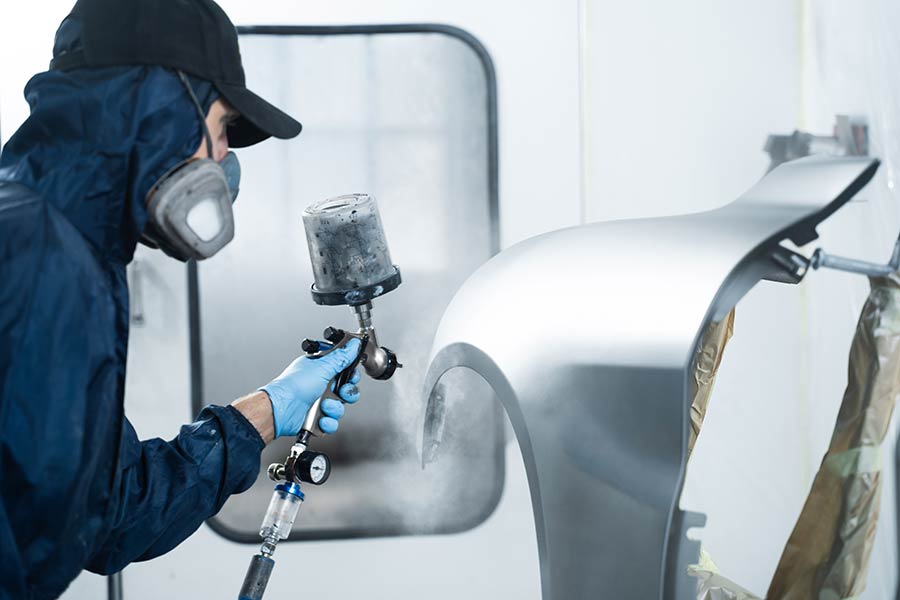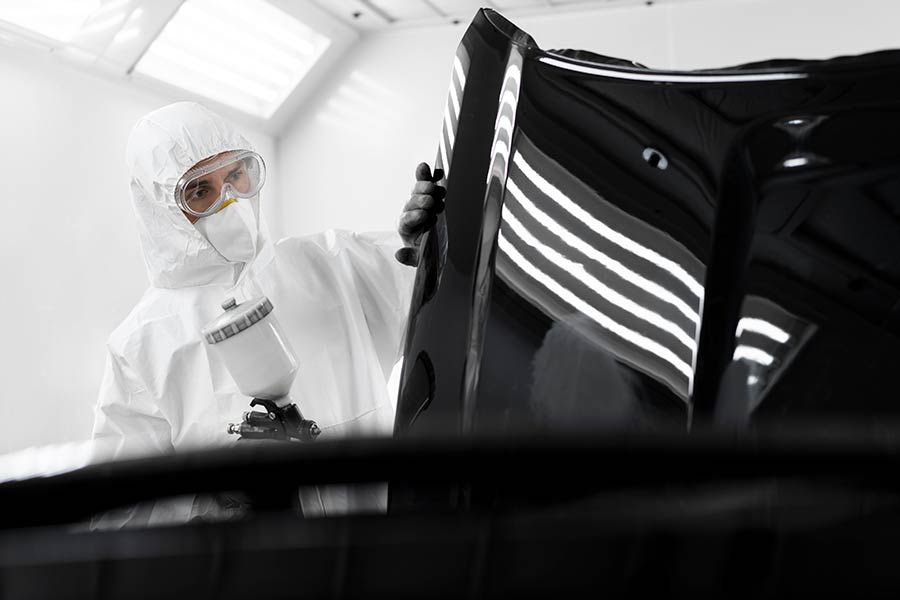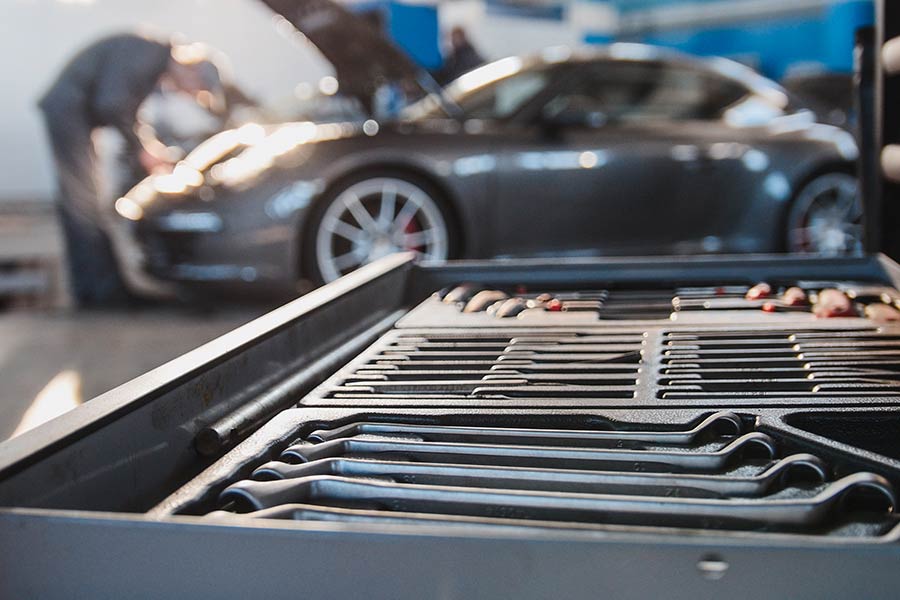Navigating the world of auto repairs can be daunting, especially when it comes to understanding a collision repair estimate breakdown. Unlike the clear-cut costs of routine maintenance, the expenses involved in collision repair often seem shrouded in mystery. This post aims to demystify those numbers, offering clarity on what you're actually paying for. From labor rates to parts pricing, we'll peel back the layers of your estimate, ensuring you walk into the repair shop armed with knowledge and confidence.
Key Takeaways
- Getting a collision repair estimate is the first step to fixing your car after an accident. It tells you how much repairs will cost.
- The cost breakdown includes parts, labor, and sometimes, fees for the shop. Knowing this helps you understand where your money goes.
- Always ask for a clear and detailed estimate. This makes sure there are no surprises in cost or what work is being done.
- You can sometimes talk down the price. If the shop knows you're looking at other options, they might offer a better deal.
- To save money, consider using aftermarket or used parts instead of new ones from the car's maker. Also, see if doing some work yourself makes sense.
- Before saying yes to the repair plan, make sure it fits your budget and needs. Don't rush into a decision without thinking it over.
Understanding Collision Repair Estimates
Basics of Estimates
A collision repair estimate is a detailed list of services and parts needed to fix a vehicle after an accident. It's crucial for planning repair costs. To get an estimate, you first take your car to a repair shop. Experts there assess the damage. They then list needed repairs and their costs.
Estimates help owners prepare financially. But, they often differ from the final bill due to unforeseen issues.
Labor Expense Details
Labor costs depend on how long repairs take. More complex jobs need more time, raising expenses. Technician skill level also affects pricing. Experienced technicians might charge more but deliver better quality work.
Complex repairs increase labor costs significantly. This is because they require special skills and more time.
Parts Cost Overview
Repairs can use different types of parts: OEM (Original Equipment Manufacturer), aftermarket, or used. OEM parts are usually more expensive but ensure a perfect fit. Aftermarket and used parts cost less but might not match OEM quality.
The choice of parts influences the estimate greatly. Sourcing and pricing these parts also add to the total cost.
Paint and Supplies Costs
Paint jobs involve materials like primer, color, and clear coat. Costs vary based on paint quality and color complexity. Custom colors are pricier than standard ones.
Factors like paint brand and amount needed affect overall expenses. Custom paint jobs often cost more due to unique colors and higher material quality needs.
Deep Dive into Costs
Breakdown of Labor Costs
Labor costs in collision repair can be tricky. They split into mechanical and body labor costs. Mechanics fix the car's inner workings, while body experts deal with the exterior. The rates for these services aren't the same.
Location matters a lot here. Shops in cities might charge more than those in smaller towns. Labor hours also play a big role. They show how long a job should take. More hours mean higher costs.
Analyzing Parts Expenses
Parts can either be OEM (original equipment manufacturer) or aftermarket. OEM parts come directly from your car's maker. They're usually more expensive but fit perfectly. Aftermarket parts are cheaper but might not match up exactly.
Parts availability affects how long repairs take. Hard-to-find parts delay the work. Also, warranties differ between part types. OEM parts often have better warranty coverage.
Hidden Fees Uncovered
Estimates sometimes include fees you didn't expect. These could be for special tools or extra work needed to fix your car. Always ask about any charges that surprise you.
A detailed estimate helps avoid unexpected costs later on.
Extra Charges Analysis
etimes, there are extra fees like towing or storage if your car can't stay at the shop. If you need a rental car while yours is being fixed, that's another cost to consider.
These charges depend on how long repairs take and if alternative transportation is needed.
Transparency and Negotiation
Ensuring Estimate Clarity
Getting a written, itemized estimate is crucial. This document should list all repair tasks and their costs. If anything seems unclear, ask the shop to explain. This ensures you understand what you're paying for. Transparency in these estimates builds trust between the car owner and the repair shop.
Unveiling Subcontracted Services
Subcontracted services are when repair shops outsource certain tasks to specialists. This could include paint jobs or complex electrical repairs. While this can ensure high-quality work, it might also increase the cost. It's important to know which parts of your repair will be outsourced to avoid surprise charges.
Negotiating Repair Costs
You can often negotiate better rates with repair shops. Getting multiple estimates is a good strategy for comparison. Don't hesitate to show lower quotes from other shops as leverage. Also, understand how your insurance may cover some costs, which can be a powerful tool in negotiations.
Overview of Flat Rates
Flat rates charge a fixed price for specific repairs, unlike hourly billing that charges based on time spent on repairs. This method can be simpler and sometimes cheaper for standard jobs but might not always favor complex repairs where unexpected issues arise. Knowing when flat rates are more beneficial depends on the job's nature and complexity.
Strategies for Lowering Expenses
Choosing Cost-Effective Parts
Selecting cost-effective parts is crucial. Look for components that balance price and quality. This approach ensures repairs last longer, saving money over time. Research brands known for durability and cost-efficiency.
Investing in higher-quality parts pays off. They often come with longer warranties, offering peace of mind. For sourcing, explore online retailers, local auto shops, and salvage yards. Each can offer significant savings on reliable parts.
Labor Cost Reduction Tips
Reducing labor costs starts with choosing the right repair shop. Shops with competitive labor rates can significantly lower overall expenses. However, it's essential to ensure they maintain high-quality standards.
Clear communication is key to avoiding extra fees. Before work begins, discuss all repairs in detail. This prevents misunderstandings that lead to unnecessary labor charges. Also, compare labor rates and read reviews to find the best value.
Avoiding Unnecessary Charges
To dodge inflated charges, get familiar with the repair process. Knowledge empowers you to question odd fees effectively. Always request a detailed estimate upfront.
Understanding the repair steps helps identify unnecessary services. A detailed estimate also prevents surprises when it's time to pay. If something doesn't make sense, don't hesitate to ask for clarification.
Finalizing the Repair Plan
Confirming the Estimate
Before any work starts, confirming the estimate details is crucial. This step ensures both parties agree on the repair scope and costs. A signed agreement on the final estimate protects you and the repair shop. When insurance is involved, they must approve the estimate. This process can take time but is essential for coverage.
Setting the Repair Timeline
Several factors influence repair duration. These include parts availability, damage extent, and shop workload. It's important to have realistic timeline expectations from the start. Regular communication with the repair shop helps manage these expectations. They should update you on progress and any delays.
Preparing for Potential Adjustments
Once repairs begin, adjustments to the initial estimate may be necessary. Hidden damage often requires additional work not included in the first estimate. Staying informed and involved is key. It allows you to understand why changes are needed and keeps surprises to a minimum.
Closing Thoughts
Navigating the world of collision repair estimates can seem like a maze, but you've got the map now. Understanding the breakdown, diving into costs, and knowing how to negotiate can save you a bundle. It's all about being informed and ready to talk shop with the pros. Strategies for lowering expenses aren't just about cutting corners; they're about smart planning and choosing the right repair plan that fits your budget without compromising on quality.
Remember, your car is a big investment, and keeping it in top shape shouldn't break the bank. Use these insights to get the best deal and ensure your ride gets the care it deserves. Ready to tackle your next collision repair estimate with confidence? Go get 'em! And always keep learning—your car and wallet will thank you.
Frequently Asked Questions
What is included in a collision repair estimate?
A collision repair estimate outlines the projected costs for repairing your vehicle after an accident, including labor, parts, and materials.
How can I understand the costs on my collision repair estimate better?
To better understand your estimate, ask your repair technician to break down the costs into labor, parts, and any additional fees. This transparency helps you see where your money is going.
Is it possible to negotiate my collision repair costs?
Yes, you can negotiate the cost of repairs. Discuss with the service provider to identify areas where expenses can be minimized without compromising quality.
What strategies can help lower my collision repair expenses?
Lowering expenses can involve choosing aftermarket or used parts over new OEM parts, or selecting a repair shop that offers competitive pricing.
How do I finalize a repair plan that's within my budget?
Finalize a plan by reviewing the detailed estimate, negotiating where possible, and prioritizing repairs that fit within your budget. Ensure all agreed-upon services are clearly outlined.
Can choosing aftermarket parts significantly reduce my repair bill?
Yes, opting for aftermarket or used parts instead of new OEM parts can substantially lower your repair costs while still ensuring quality repairs.
Why is transparency important in collision repair estimates?
Transparency ensures you understand what you're paying for, helps build trust with the service provider, and allows you to make informed decisions about your vehicle's repairs.
















